Discover insights, tips, and stories from the skies — from aircraft buying guides to pilot training.
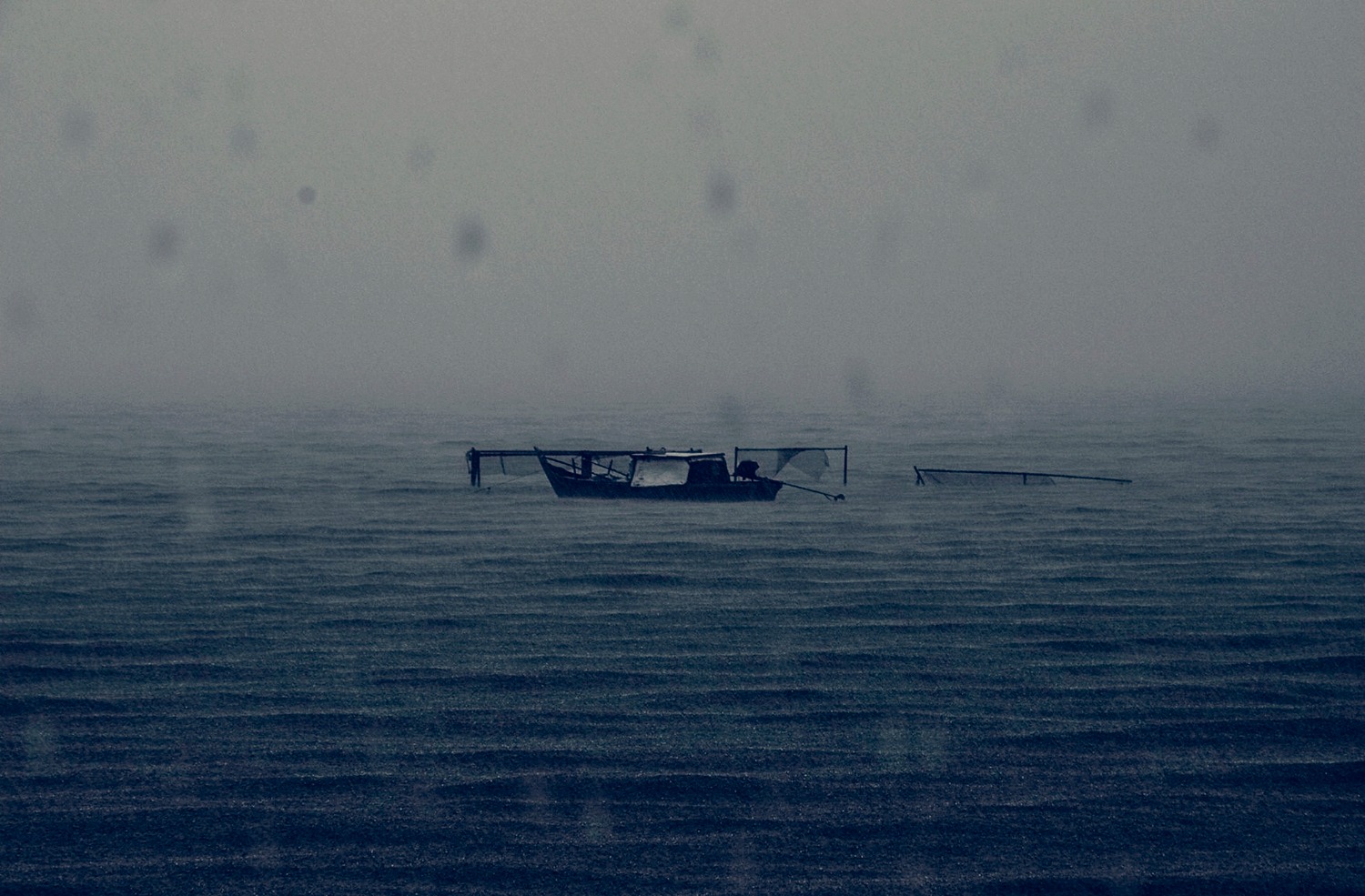
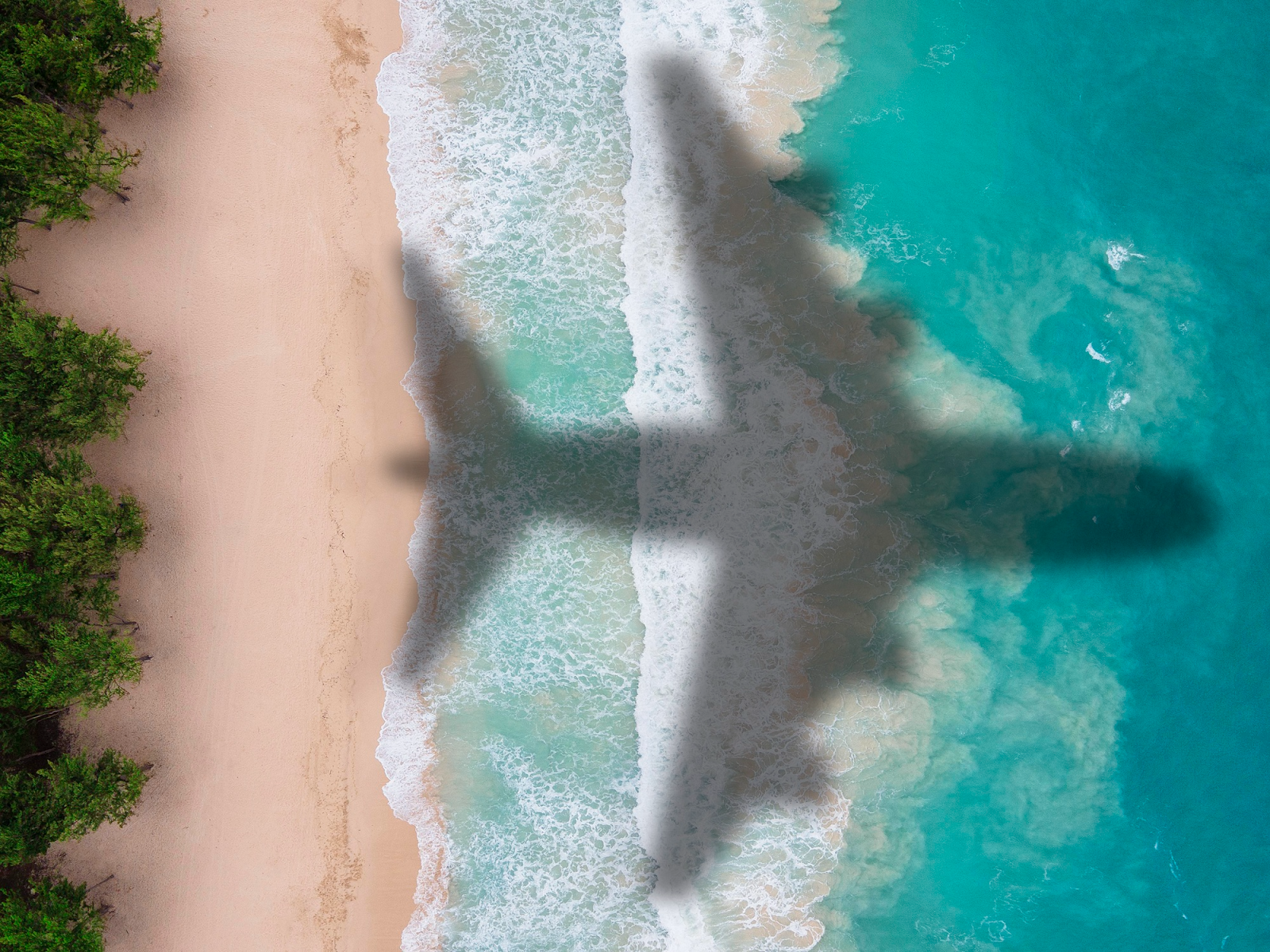
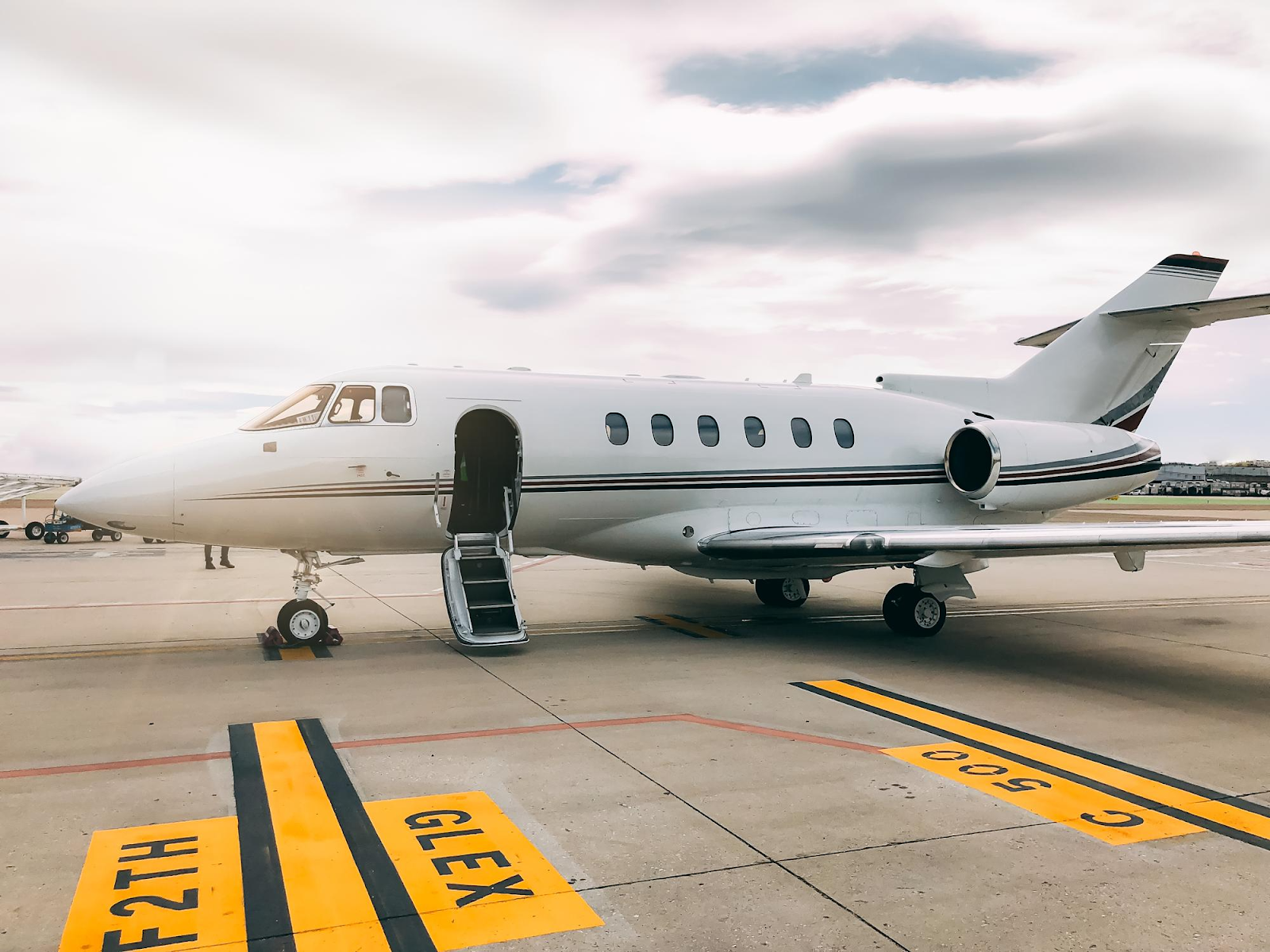
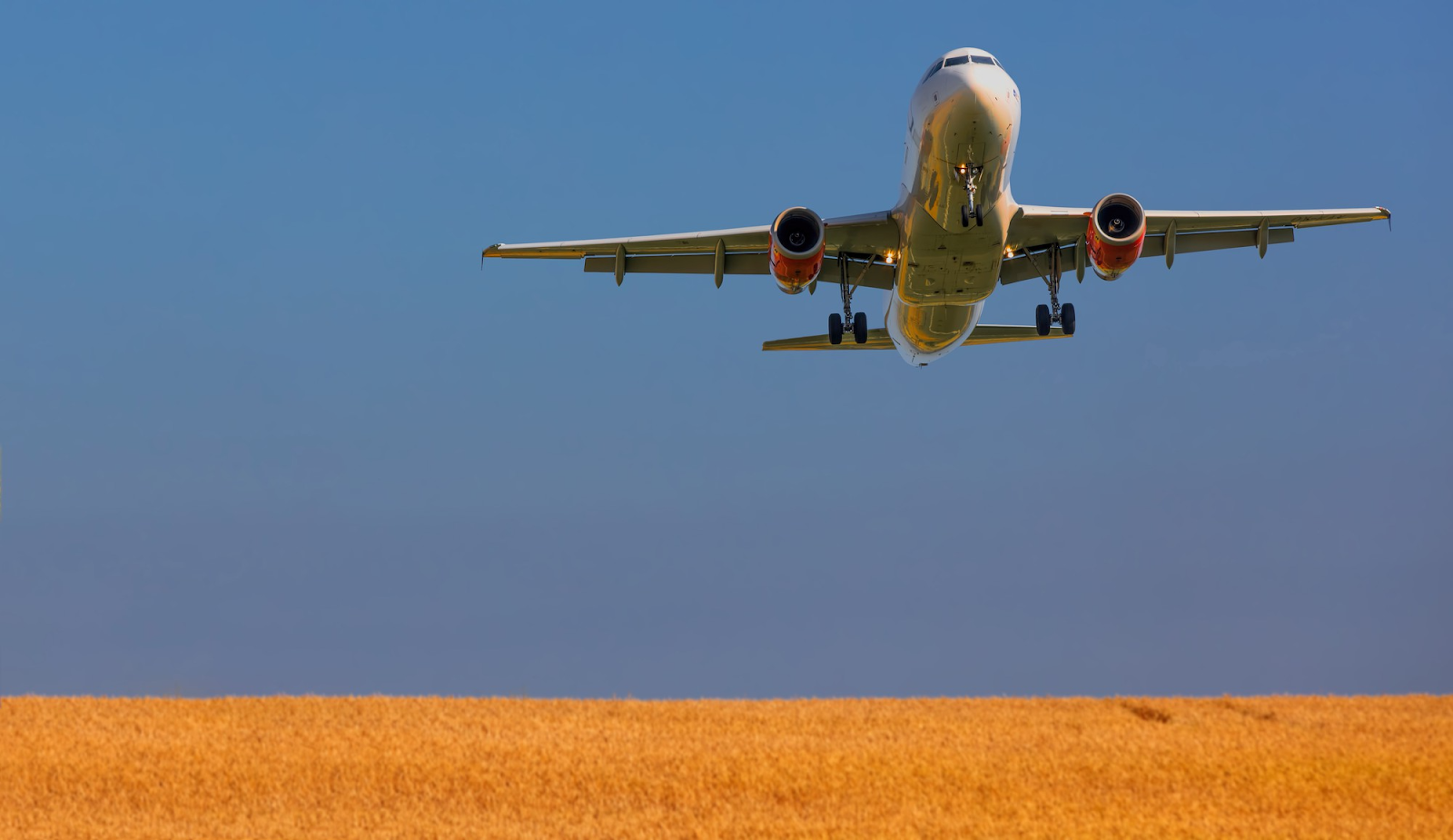
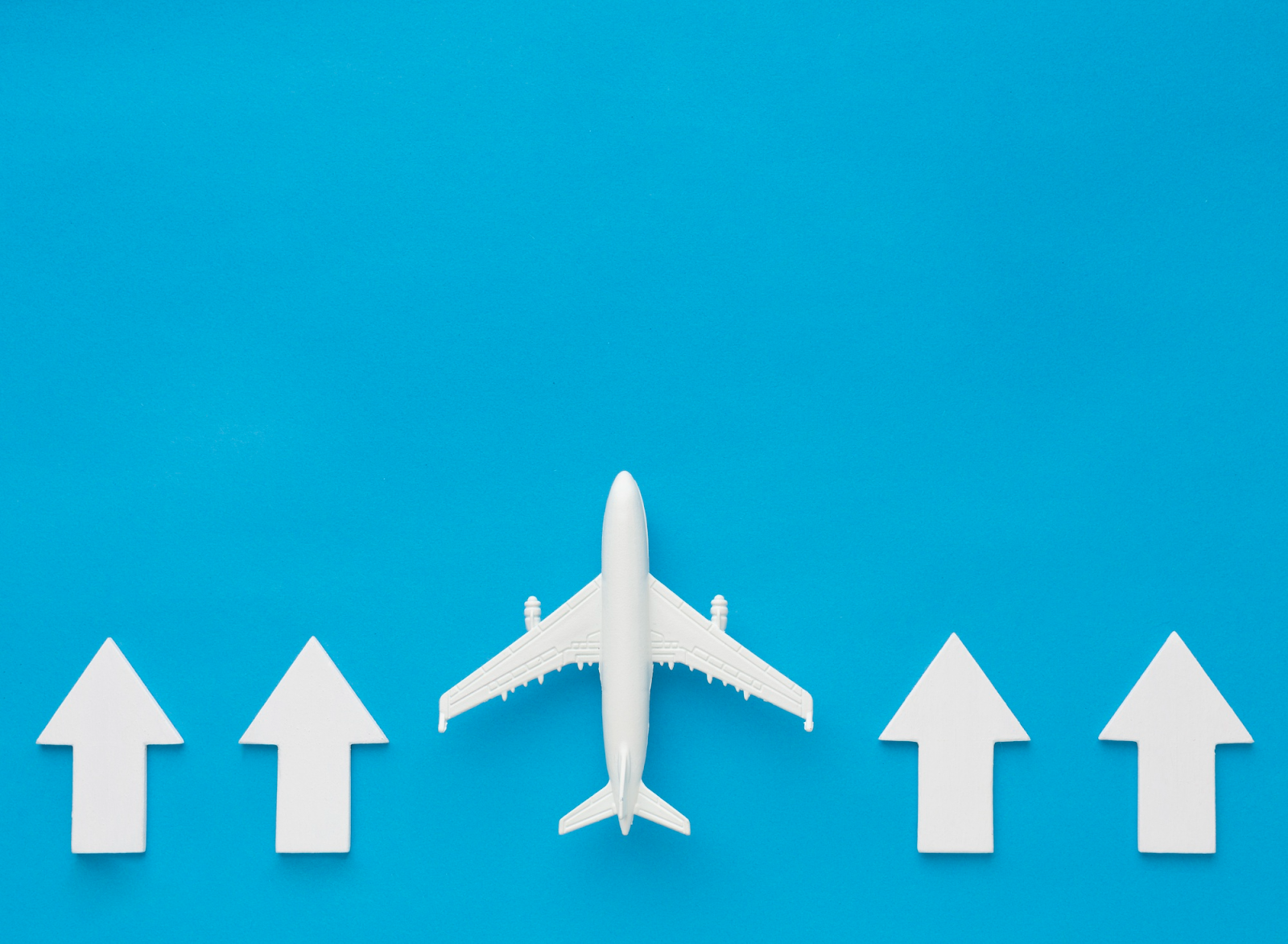
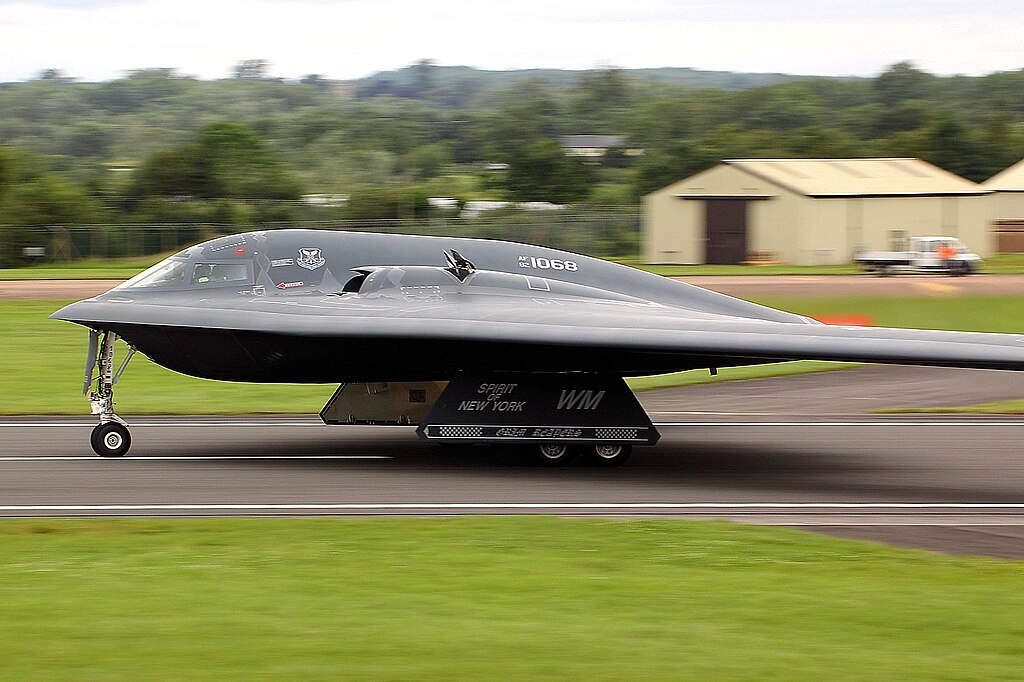
Published: August 16, 2025
Flying for the air force is one of the toughest jobs in the world. Back in the 1980s, nearly two out of every three airline pilots in the United States had started their careers in the military.
Today, it’s closer to one out of three. Some planes stand out because only a few pilots ever get to fly them. These are the planes that demand years of skill, training, and dedication.
When people talk about the 7 most prestigious plane to fly air force, they mean the aircraft that combine power, history, and advanced technology.
Before we explore the list, it helps to understand what “prestigious” means, why pilots chase these cockpits, and how the Air Force decides who gets the honor.
Prestige in the United States Air Force usually comes down to three things: rarity, difficulty, and importance. A plane becomes prestigious when very few pilots are selected to fly it, when it requires special skills, or when its mission is vital for national defense.
Think of the most expensive private jets owned by billionaires. They are rare, and only a handful of people can operate or maintain them. In the same way, the most expensive air force planes are valued not only for cost but for the critical missions they perform.
Here are a few key points that show why some planes stand out:
The USAF also values history. Planes like the McDonnell Douglas F-15 Eagle and the F-16 have served for decades and earned respect through combat success. The newer Lockheed Martin F-35 Lightning II builds on that heritage with advanced sensors and systems.
Even cargo aircraft like the C-17 Globemaster can be prestigious, because they perform heavy global missions no other plane can match. Prestige is not limited to fighter jets alone. It spans across strike, transport, and even electronic warfare roles.
In short, prestige in the Air Force combines skill, scarcity, and mission weight. That’s why only the very best earn these cockpits.
Pilots in the US Air Force dream of flying prestigious planes because of pride, challenge, and career value. When a pilot is chosen to fly a top-tier fighter aircraft or a rare stealth aircraft, it shows trust from the Air Force. It also sets them apart from others in their career path.
Here are the main reasons pilots want these planes:
Flying one of these planes also means being part of a tight community. There may be only a few dozen pilots qualified for certain military aircraft. That exclusivity makes it feel like joining a small, trusted family.
In many ways, chasing prestige in the Air Force is about growth. A pilot who starts in a variant of the F-16 might later move to the F-35 Lightning II or even to a secretive stealth program. Each step feels like climbing a ladder to the very top of flying honor.
Not every pilot in the USAF can fly a top-tier fighter or stealth aircraft. The selection process is careful, strict, and designed to place the right person in the right cockpit.
Every pilot begins in jet aircraft trainers. The Air Force uses advanced simulators and smaller training planes to build basic skills. From there, pilots “track” into categories like fighter jets, cargo, or bomber missions.
Pilots are graded constantly. The highest performers usually get first pick. For example, a top student might get an F-22 Raptor or Lockheed Martin F-35 Lightning II, while others might be placed in different roles.
Some planes only accept experienced pilots. The U-2 reconnaissance program, for instance, often selects pilots who have already flown fighter aircraft. This adds another layer of exclusivity.
Special programs, like the B-2 bomber or secret electronic warfare squadrons, run their own interviews and check rides. They test how well a pilot fits into the culture and mission.
The United States Air Force requires a long service commitment. Many pilots serve over 10 years once trained. This shows dedication and ensures the Air Force keeps its best talent in stealth technology and advanced military aircraft.
Selection is also influenced by Air Force needs. If the service requires more fighter aircraft, more pilots will be placed there. If it needs heavy C-17 crews, assignments follow that demand.
Overall, getting chosen to fly a prestigious plane is a mix of skill, timing, and trust. Pilots who succeed often move on to leadership roles later in their careers.
Some planes in the United States Air Force aircraft fleet stand out as the hardest and most rewarding to fly. They require years of pilot training, advanced skills, and careful selection.
Pilots who fly them carry important missions that help protect the country and support other military branches.
| Plane | Type / Role | Key Features | Why It’s Prestigious |
| F-22 Raptor | Air superiority fighter | Top speed around Mach 2.5, advanced stealth, thrust-vectoring, high agility | Small fleet, most exclusive fighter, represents peak of Air Force technology |
| F-35 Lightning II | Multirole aircraft | Stealth design, advanced avionics, helmet display, electronic attack capability | Future backbone of the US Air Force's fighter force, highly technologically advanced |
| B-2 Spirit | Stealth bomber | Flying wing design, long range, nuclear and conventional strike capability | Only 20 built, based at Whiteman AFB, rarest operational bomber |
| B-21 Raider | Next-gen stealth bomber | Designed for nuclear and conventional missions, global reach, modern stealth tech | Newest bomber in development, early cadre will be very small and exclusive |
| U-2 Dragon Lady | Reconnaissance | Flies above 70,000 ft, pilots wear pressure suits, long endurance | Only about 1,000 pilots ever trained; toughest landings in the Air Force |
| F-15 Eagle / F-15E Strike Eagle | Fighter / Strike aircraft | Legendary combat record, dual-role variant (F-15E) with air-to-ground strike | Historic success, backbone of U.S. air power for decades |
| C-17 Globemaster III | Heavy transport | Short/rough runway ops, carries troops and cargo worldwide, combat delivery | Prestige in global mobility missions, critical to both combat and humanitarian operations |
Let’s look more closely at seven planes that many call the most prestigious.
The Lockheed Martin F-22 Raptor is one of the most respected air force aircraft ever built. Many call it the best fighter jet because of its speed, agility, and technology.
Pilots who fly the F-22 go through years of preparation. Only a few squadrons use it, which makes the community very small and exclusive. Flying this plane shows a pilot has reached the very top of skill and trust in the US Air Force's system.
The F-35 Lightning II is the newest stealth combat aircraft in the Air Force. Built by Lockheed, it is a multirole aircraft, which means it can do many jobs: air combat, ground attack, and even electronic missions.
The F-35 is also part of a larger family. Variants fly with the Navy and Marines too. Some even operate from aircraft carriers. Being selected for the F-35 means a pilot is trusted to handle the future of air combat.
The B-2 is the only long-range stealth bomber currently in service. This aircraft can fly halfway around the world and deliver both nuclear and conventional weapons.
Because the B-2 is rare, its pilot community is tiny. Only the very best and most experienced are allowed to apply. It is considered one of the hardest planes to earn a seat in.
The U-2 is a high-altitude reconnaissance plane. It flies above 70,000 feet, higher than almost any other jet aircraft in the world. Pilots wear pressure suits similar to those used by astronauts.
Becoming a U-2 pilot requires a special application process. Many say it is one of the most difficult flying jobs in the Air Force.
The C-17 Globemaster III may not be a fighter jet, but it holds major prestige. This heavy transport plane carries troops, vehicles, and supplies around the world.
Flying a C-17 shows that prestige is not limited to combat. Moving people and equipment across continents is just as important to national defense as winning in the air.
The McDonnell Douglas F-15 Eagle is one of the most successful fighters ever. It has never lost a battle in air-to-air combat. The F-15E Strike Eagle, its two-seat variant, carries advanced weapons and sensors for ground attack.
Being part of the F-15 family connects pilots to a long and proud tradition in the United States Air Force.
The F-16 Fighting Falcon is one of the most widely used jets in the world. It has served the Air Force for decades and remains popular because of its balance of performance and cost.
Even though it is older, the F-16 remains a key part of the Air Force. It connects history to the future of aviation.
Each of these aircraft carries a unique role. Some deliver stealth attacks, others haul supplies, and others keep the skies safe. Together, they make up the backbone of American air power.
Flying one of these planes shows a pilot has mastered some of the hardest skills in aviation. It also shows the Air Force’s trust in that pilot’s ability to carry out missions that can affect the entire world.
Flying these planes is not easy. It takes years of pilot training, discipline, and teamwork. But the reward is great. Pilots who sit in these cockpits join a community known for excellence. They carry missions that protect the nation and shape history.
Many of these planes are also some of the most expensive fighter jet programs in history. But cost alone does not make them prestigious. Their value lies in what they can do—how they combine speed, stealth, and power to complete missions no other planes can handle.
Prestige in aviation is about more than appearance or price. It is about skill, challenge, and trust. The F-22, F-35, B-2, U-2, C-17, F-15, and F-16 each show why the Air Force holds some of the most respected jobs in the world.
These are the planes that define the edge of modern power and remind us of the dedication of those who fly them.
Prestigious planes in the air force represent the highest levels of skill, trust, and responsibility.
From the F-22 Raptor to the F-35 Lightning II and beyond, these fighter aircraft and special mission planes shape the future of the United States Air Force. For many pilots, flying one of them is the highlight of a lifetime of service.
If you want to keep learning about aviation and the world of elite planes, stay connected with Flying411 for more insights.
Many say the U-2 is hardest due to its altitude, pressure suit, and difficult landings.
Rarely. Most start with other aircraft before moving to top-tier fighters or bombers.
Yes, planes like the C-17 are prestigious because of their global mission and size.
It was the first fifth-generation fighter with stealth, supercruise, and advanced avionics.
Pilots usually serve at least 10 years after earning their wings.